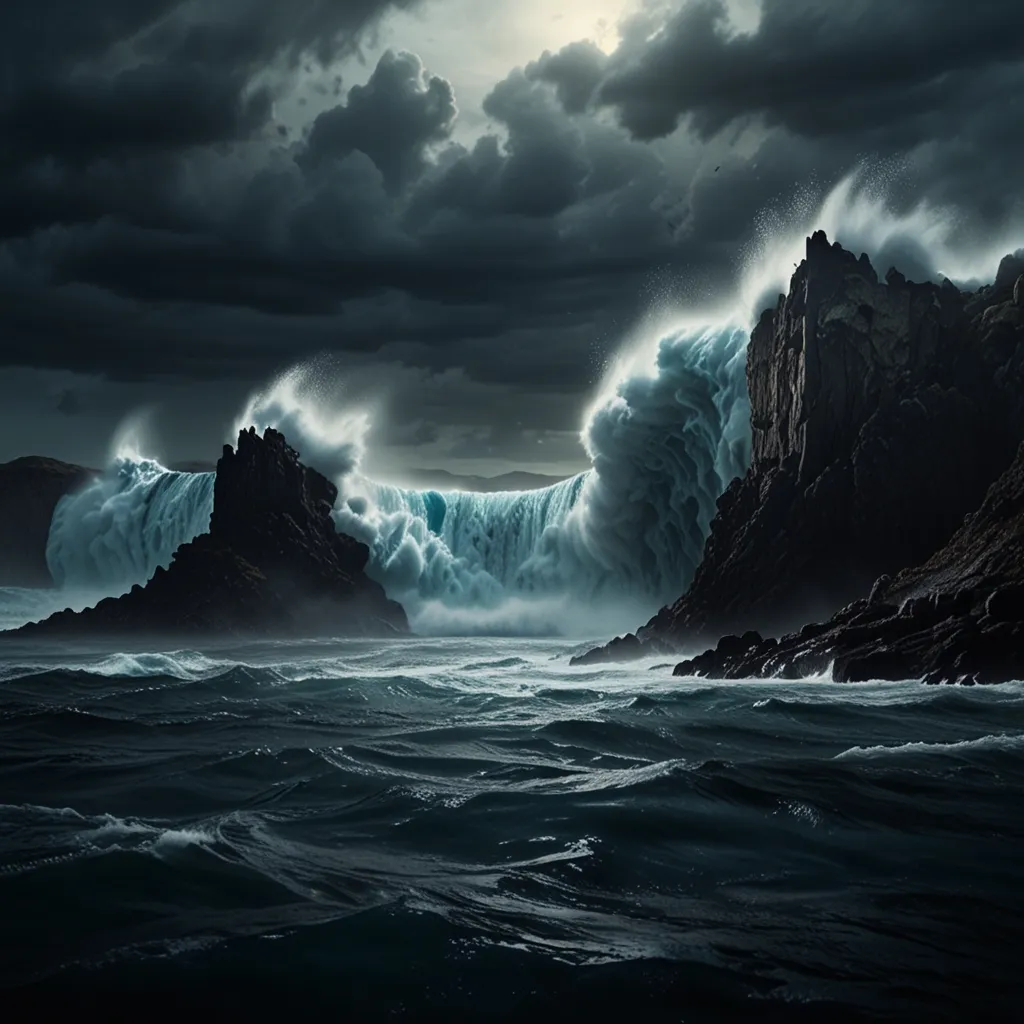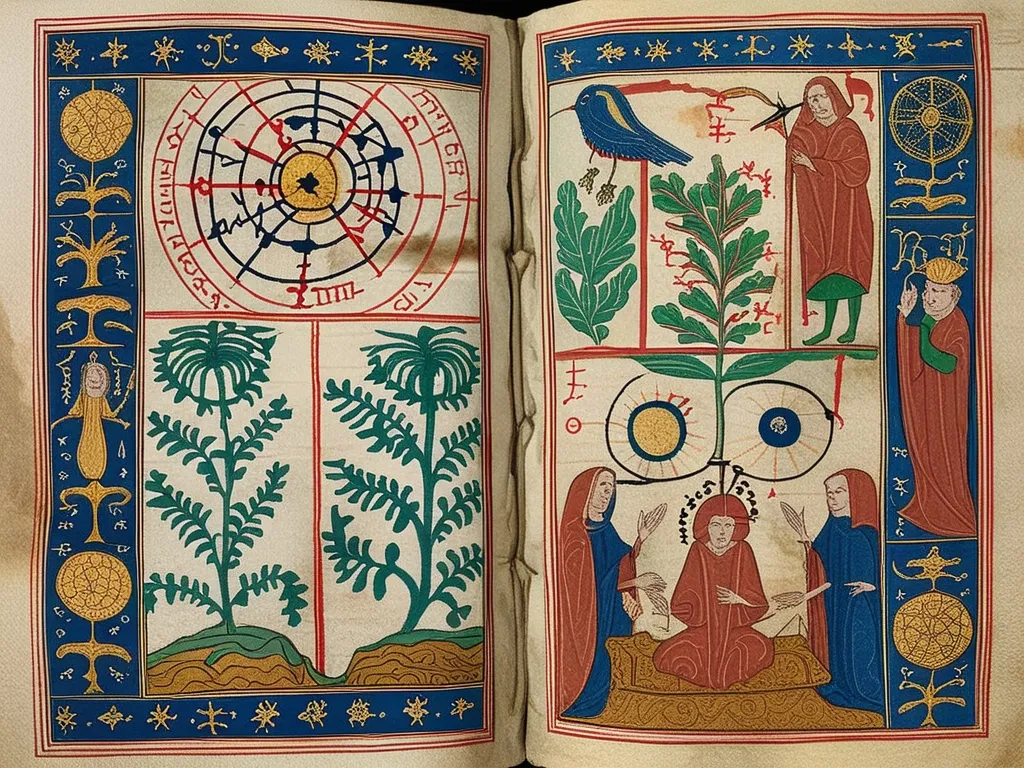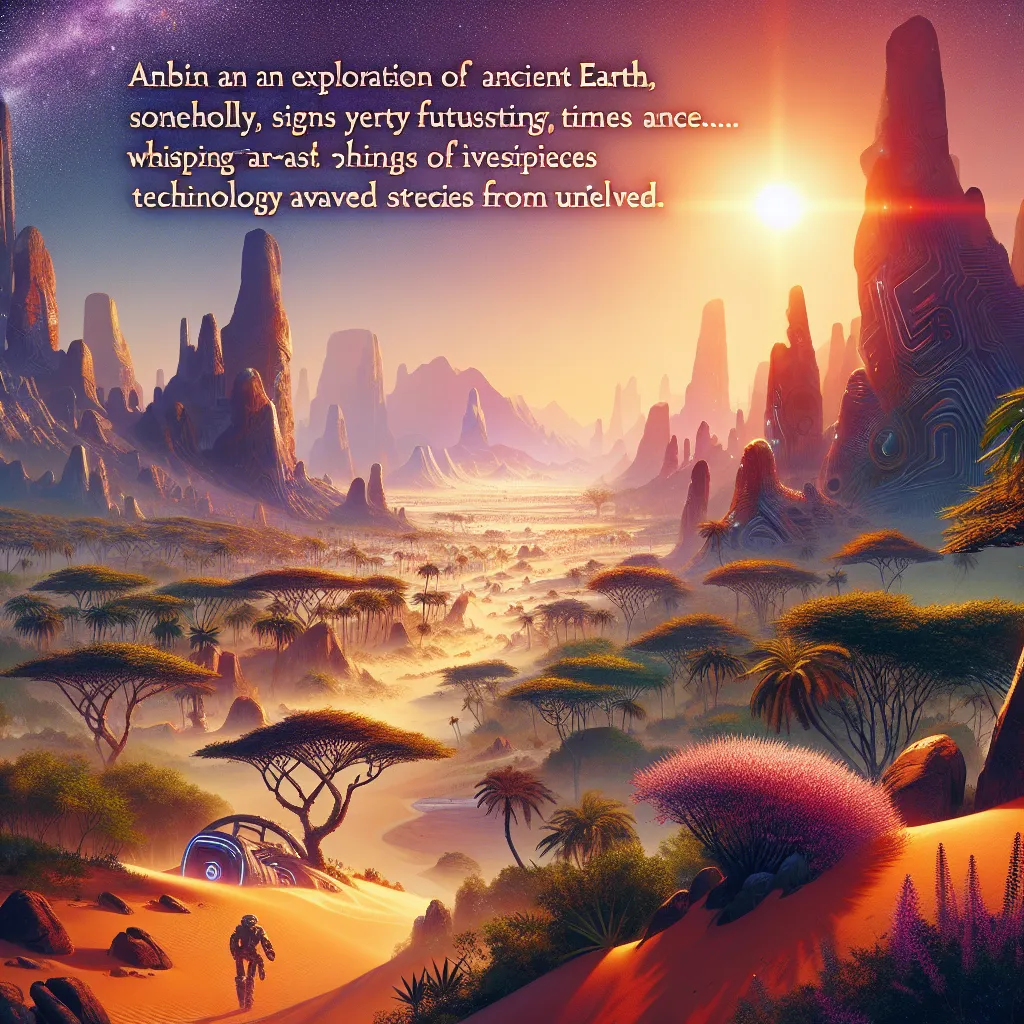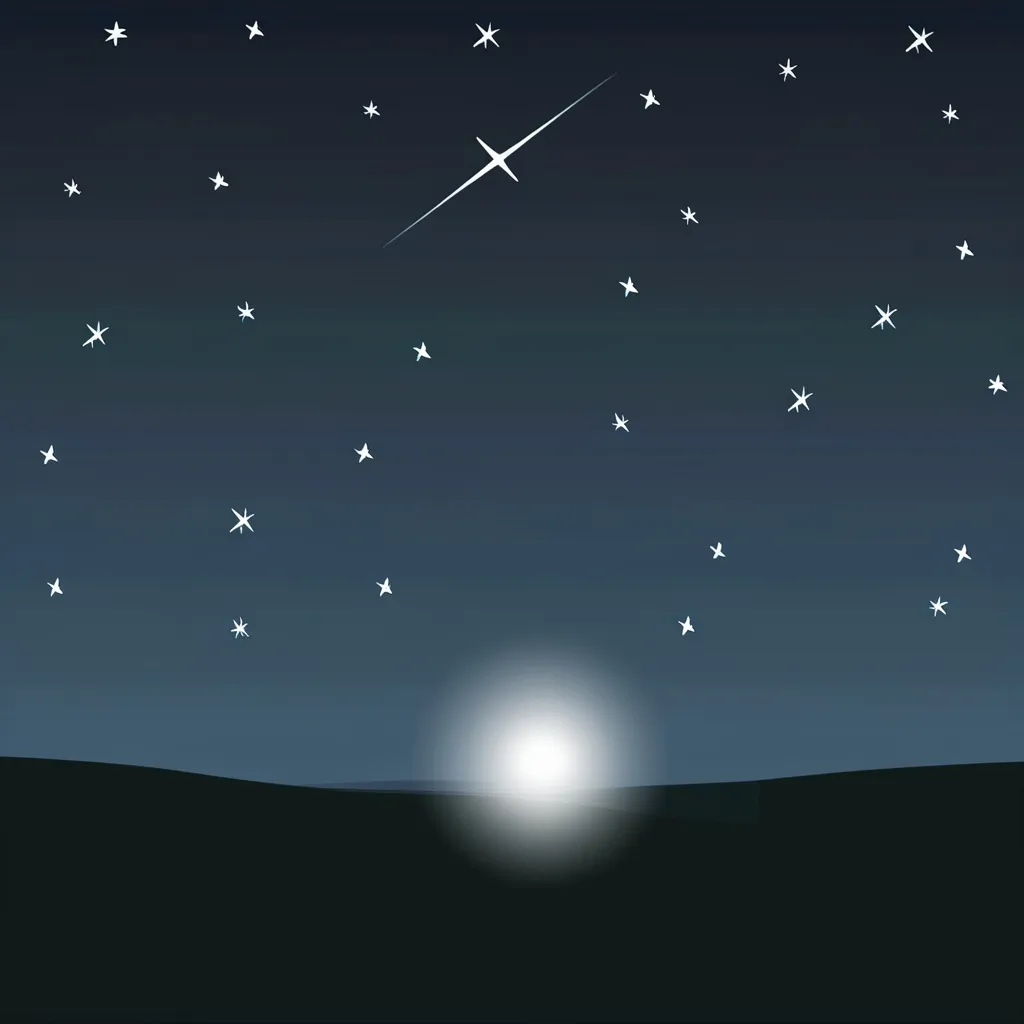Back in 1966, a shadowy tale began when a certain book hit the scene. Written by a notable scientist, its contents were so earth-shattering—both figuratively and literally—that it found itself under lock and key, thanks to the CIA. Fast forward a few decades, and only 57 of the original 284 pages were declassified, and even those are said to be heavily “sanitized.” So why all the secrecy? The book’s premise? The world’s end, as painted by a man named Dr. Chan Thomas.
Dr. Chan Thomas, a former engineer at McDonnell Douglas, authored “The Adam and Eve Story.” Don’t let the quaint title fool you; it’s about apocalyptic shifts in Earth’s poles, a cyclical occurrence, according to Thomas, that throws humanity back to square one—the Stone Age. He posits this has happened multiple times, erasing advanced civilizations without a trace, often on continents long erased from existence.
Thomas’s ideas weren’t entirely new; they danced in step with the Earth’s shifting crust hypothesis put forth in 1958 by Charles Hapgood. Initially dismissed as pseudoscience, Hapgood’s theories gained a champion in Albert Einstein, who contributed forewords to his works. Hapgood suggested that the Earth’s continents weren’t stationary but drifted apart and clashed over billions of years—a concept known to us as continental drift today. Thomas borrowed from this and pushed it further, envisioning rapid, catastrophic shifts happening over mere hours, rather than eons.
In stark, terrifying prose, Thomas depicted a future where mountains shivered, oceans heaved into monstrous walls of water, and winds of supersonic ferocity scoured the earth. In this narrative, land masses stop while oceans and winds continue their thousand-mile-an-hour races around the globe. Imagine the jarring physics of a vehicle screeching to a halt from such speeds; that’s countries, buildings, and humanity itself at the mercy of a world in upheaval, a scenario right out of a Hollywood blockbuster—only worse.
Imagine waking up one morning and realizing the sun refuses to travel across the sky as it should. With such a polar reversal, one hemisphere would bake while the other froze, rapid-fire. This, according to Thomas, triggers not just devastation but transformational shifts, marking the end of one era and the rebirth of another.
Across epochs, stories of cataclysmic floods span cultures and continents—from Noah’s biblical deluge to the Sumerian epic of Gilgamesh—hinting at a shared, traumatic history of reset and renewal. Skeptics might dismiss these as simple myths, but an intertwined tapestry of cultural memory tells another story.
Fast-forward to more recent times: as the puzzle pieces fit, climate scientists and archaeologists unearthed evidence of another significant flood event in China, in line with Thomas’s timeline. Thomas dated these catastrophic floods, marking them at regular intervals throughout history, ranging from 6,500 years ago to over 40,000 years prior. Ancillary evidence, like the enigmatic Yanaguni monument off Japan’s coast, fuels his narrative, suggesting former advanced societies predating known civilizations.
Where do Atlantis and Mu fit in? These legendary lands, tantalizing myths etched in the annals of time, resonate with Thomas’s theories. Plato’s accounts of Atlantis speak of an advanced civilization swallowed by the sea—a cautionary tale or a historical fact cloaked in allegory? Similarly, the lesser-known Mu narrative, supported by ancient texts from India and Mesoamerica, hints at a sunken land in the Pacific, leaving behind clues like the stone sentinels of Easter Island.
And as modern science peels back veil after veil, certain elements of Thomas’s dire prophecies take shape. True, ice ages and floods have reshaped the earth. True, poles shift—albeit slowly—and the field of geomagnetism is fraught with quirks and curiosities yet to be fully understood. True, massive solar flares pose a real risk to our increasingly fragile modern world.
Yet, there are critical caveats. While Thomas eloquently sketched out a havoc-wreaking magnetic meltdown, specifics are scant, and some hypotheses leapfrog scientific evidence. Claims such as the Earth’s mantle liquefying spontaneously or grand magnetic disruptions remain unproven, sitting uneasy with mainstream geology. And while the shifting poles do present concerns, their subtle dance atop our globe lacks the man-made drama often forecasted.
The book blends plausible fears with less tenable speculations, weaving a narrative that mesmerizes as much as it misguides. Our reality probably won’t match the motion picture Thomas scripted, though it stirs a poignant thought: The concepts of time and nature are labyrinths we seek desperately to unravel. Until then, these stories of yore and the secrets beneath our feet keep us inquisitive, if not always grounded.
Nonetheless, the dialogue sparked by Thomas’s predictions draws us into broader debates. As the threat of climate disruption looms larger than ever, our understanding of Earth’s history remains crucially important. Because while Dr. Thomas may have skewed off the scientific map with some of his theories, his dramatization serves as a stark reminder of our planet’s volatile nature. Whether or not we stand at the precipice of another cycle of destruction and rebirth remains to be seen, but those who have walked before us remind us to remain vigilant, prepared for shifts we can neither foresee nor fully fathom.






